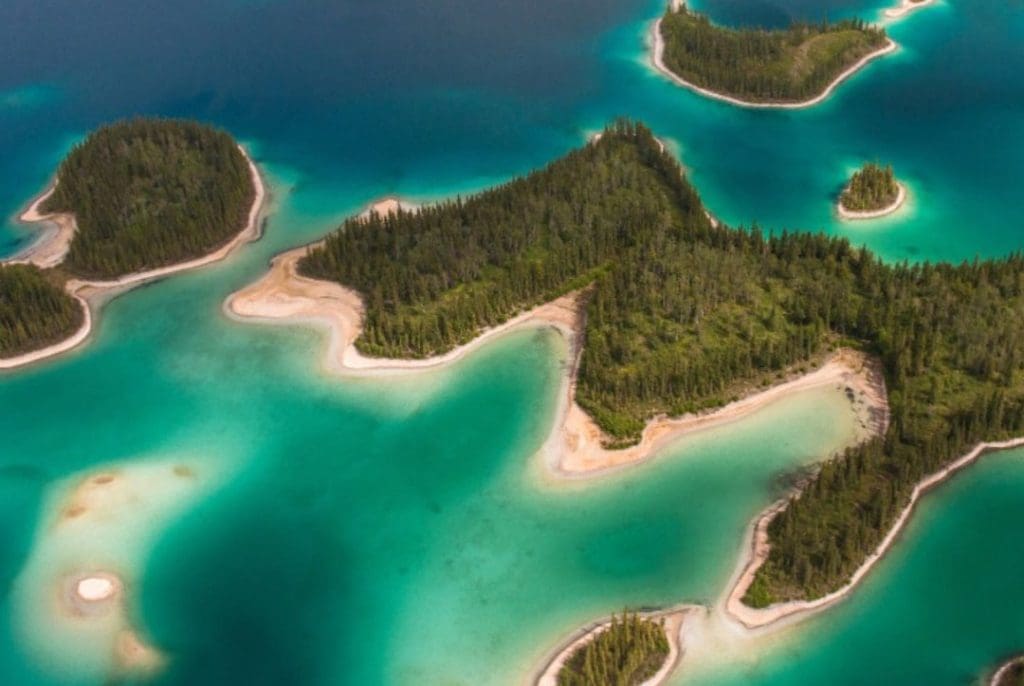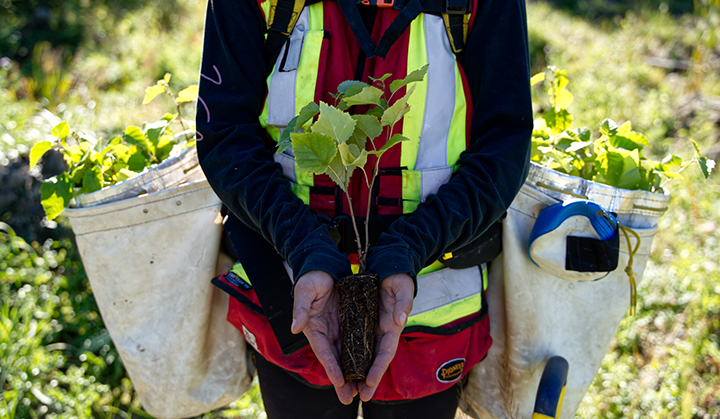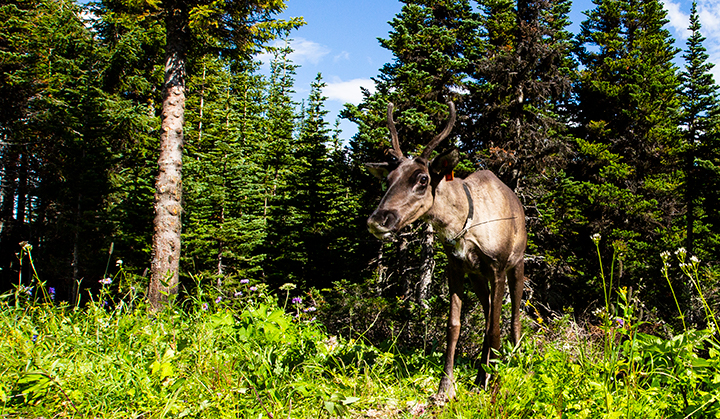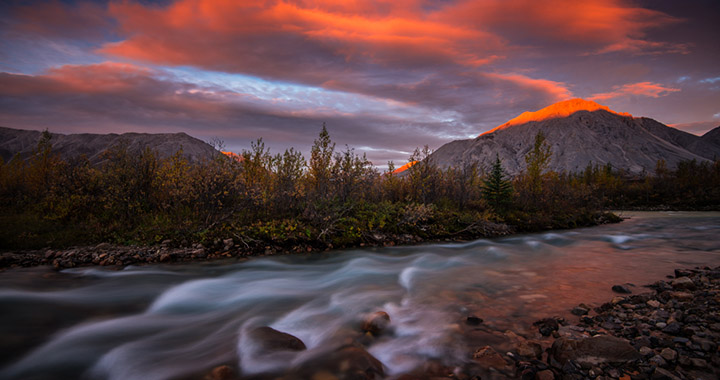Y2Y supports Indigenous-led conservation in British Columbia — and beyond
From time immemorial, Indigenous peoples have maintained healthy relationships with the natural world on the lands we all live on.
Knowledge and teachings passed down through generations guide deep connections among lands, waters, people and non-human beings. Indigenous understandings, practices and aspirations need to be respected, supported, and learned from.
In fact, upholding the rights of Indigenous peoples — as articulated in the United Nations Declaration on the Rights of Indigenous Peoples (UNDRIP) — is the most important way for conservation to support reconciliation and Indigenous leadership.
Indigenous Protected Areas (IPAs) and Indigenous Protected and Conserved Areas (IPCAs) are an important expression and realization of Indigenous rights. They address issues like biodiversity loss and climate change while contributing to cultural strength and economic sovereignty.
However, these benefits are best realized with clear, meaningful support from B.C., Canada, and those who live here.
“Reconciliation between Aboriginal and non-Aboriginal Canadians, from an Aboriginal perspective, also requires reconciliation with the natural world. If human beings resolve problems between themselves but continue to destroy the natural world, then reconciliation remains incomplete.”
Truth and Reconciliation Commission of Canada
What makes an IPCA?
According to the Indigenous Circle of Experts, culture and language are the heart and soul of an IPCA.
IPCAs vary in terms of their governance and management objectives, but they generally share three essential elements:
- They are Indigenous-led.
- They represent a long-term commitment to conservation.
- They elevate Indigenous rights and responsibilities.
Within Canada, IPCAs are a modern application of Indigenous values, laws and knowledge systems. They can be a foundation for local Indigenous and non-Indigenous economies and an exercise in cultural continuity on the lands and waters. They also provide opportunities to connect to the lands and waters and are places of healing.
The creation of IPCAs is an opportunity for reconciliation to take place, both between people and between society and the lands and waters. IPCAs acknowledge international laws and commitments, such as Canada’s treaties, UNDRIP, the UN Convention on Biological Diversity and other relevant instruments and commitments. They can be designated under provincial or federal laws — in addition to Indigenous laws — or remain unilateral in designation.
They also play an important role in Canada’s commitment to 30×30, a movement to conserve at least 30 per cent of the country’s lands and waters by 2030.
“Indigenous Protected and Conserved Areas are the lands, waters, and ecosystems where Indigenous governments lead protections and conservation efforts through Indigenous laws, governance, culture, traditions, and knowledge systems.”
We Rise Together, Indigenous Circle of Experts report
How is Indigenous led conservation progressing in British Columbia?
While there are positive signs of Indigenous-led conservation advancing across the Yellowstone to Yukon region, Indigenous nations in British Columbia are leading the way.
Here, several Tribal Parks and IPCAs are already declared or being formed — with broad support from people of all political backgrounds.
According to a 2020 poll in B.C. by StratCom in partnership with the International Boreal Conservation Campaign and the Indigenous Leadership Initiative, 67 per cent of people support the creation of IPCAs in B.C. and the expansion of the Indigenous Guardians program, while 70 per cent support Indigenous-led conservation.
Here are just a few examples of Indigenous-led conservation in B.C. connected to the Yellowstone to Yukon region:
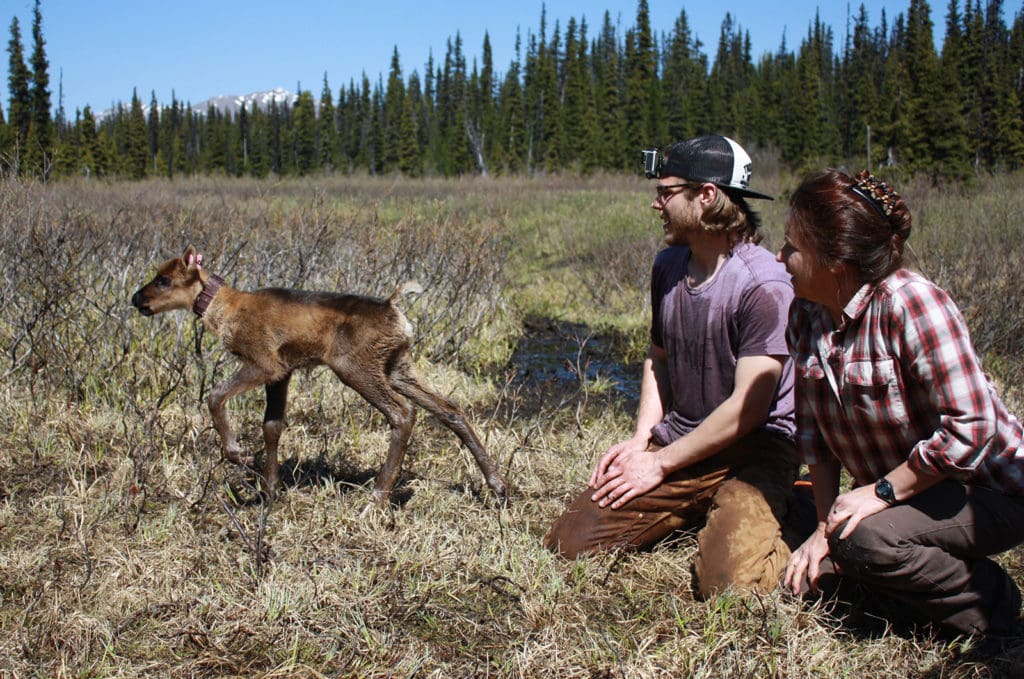
Peace Partnership Agreement – West Moberly and Saulteau First Nations
In 2020, West Moberly First Nations and Saulteau First Nations, the province of British Columbia, and the government of Canada signed a historic agreement to aid in protecting and recovering caribou in Treaty 8 traditional territory.
The first of its kind in Canada, the 30-year agreement protects caribou habitat in the area of the Twin Sisters mountains of northeast B.C. from new industrial development.
The agreement protects roughly 7,500 square kilometres including a new 2,000-square-kilometre Indigenous protected area that, once designated by B.C., will expand Klinse-za/Twin Sisters Provincial Park located west of Chetwynd and Hudson’s Hope. The expansion includes the Twin Sisters mountains, a sacred site for Indigenous peoples. The B.C. government also committed to protecting over 700,000 hectares of important caribou habitat nearby through the agreement.
West Moberly First Nations and Saulteau First Nations are world leaders in caribou recovery. Leading the collaborative recovery effort, these leaders in Indigenous-led conservation have brought the Klinse-Za mountain caribou back from the brink of local extinction.
Ingenika / Tsay Keh Dene Nation IPA
Declared by the Tsay Keh Dene Nation in April 2021, the Ingenika IPA is nestled in B.C.’s Rocky Mountain trench just northwest of the Peace River. The Tsay Keh Dene Nation’s community is one of the most remote in the province, surrounded by an incredible diversity of wild lands, waters and wildlife.
The Ingenika holds historical, cultural, ecological, and spiritual significance and importance to the Tsay Keh Dene Nation. The IPA was established in the Ingenika watershed while also securing permanently binding agreements with tenure holders and major licensees to not operate or plan future operations within the borders.
While the Tsay Keh Dene Nation is partnering with industry, the Nation is also seeking a partnership with Canada and B.C. to realize the crucial goal of conservation and protection of Ingenika, while also contributing together to advance the larger goal of reconciliation.
Ingenika is one of the last refuges in a territory devastated during flooding to create the Williston Reservoir in 1968, forever altering Tsay Keh Dene territory. An award-winning 2021 film, The Scattering of Man, tells this story through the voices of Tsay Keh Dene.
To help with the protection of this area, Y2Y supported research to identify places with conservation importance.
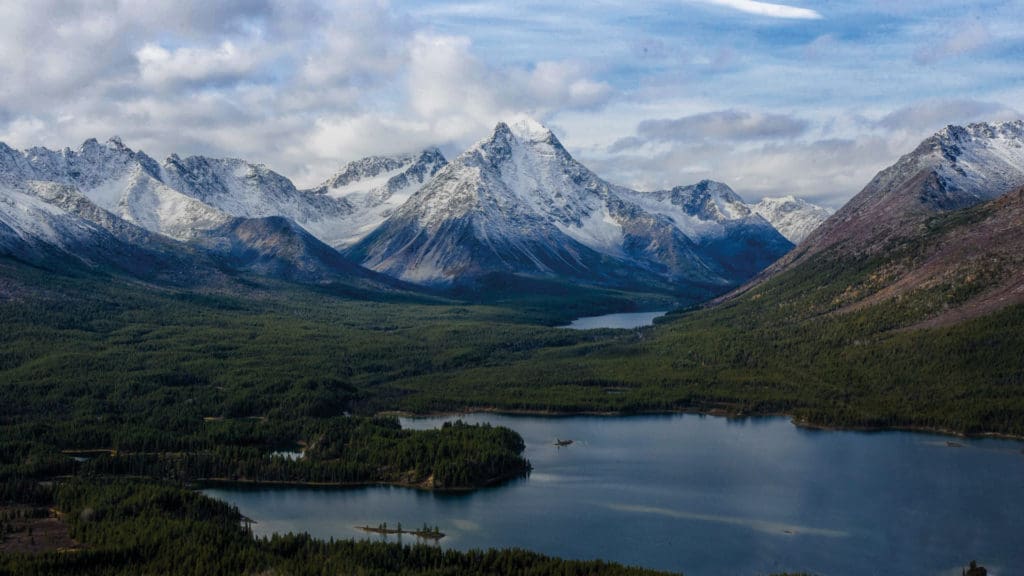
Dene K’éh Kusān / Kaska Dena IPCA
The Dena Kayeh Institute seeks to establish an IPCA within the Ancestral Territory of the Kaska Dena, in the northern boreal forest of interior B.C. Approximately 40,000 square kilometers in size, the name of the IPCA, Dene K’éh Kusān, translates to Always Will Be There.
The proposal aims to gain support from the governments of B.C. and Canada to ensure Dene K’éh Kusān remains intact. The IPCA is critical to preserving the spiritual, cultural, and material lives of the Kaska Dena community. It would also protect and conserve the caribou herds living in this habitat.
The Kaska Dena are using traditional knowledge as well as western science to protect their lands and waters. Their goals include enhancing the cultural heritage and socio-economic well-being of the Nation, while working to reverse the impacts of climate change and biodiversity loss being seen across B.C.
Gillian Staveley, Kaska Dena member and Director of Land Stewardship and Culture of the Dena Kayeh Institute, spoke about Indigenous-led conservation and the Kaska Dena’s vision for the stewardship of Dena Kayeh at one of Y2Y’s Ethical Space workshops.
Qat’muk – Ktunaxa Nation
In 2010 the Ktunaxa Nation declared Qat’muk the home of the Grizzly Bear Spirit to protect the most sacred core of this valley. This declaration extends to the Toby-Jumbo watershed of southeastern B.C. and the uppermost parts of the South Fork Glacier Creek, Horsethief Creek and Farnham Creek watersheds. Ktunaxa Nation Council also declared intentions to prepare a management plan for the refuge and buffer areas based on the Qat’muk Stewardship Principles and in consultation with other governments and stakeholders.
Gwininitxw IPA – Gitxsan Nation
In 2022, Wilp Gwininitxw, a house of the Gitxsan Nation, declared their entire territory to be an IPA. The Gwininitxw Indigenous Protected Area is in the upper Skeena River watershed and home to a variety of important species such as wolverines, grizzly bears and salmon. gwalx yee’insxw, the Gitxsan principle of passing down an intact ecosystem to future generations, will guide management decisions in the area.
Supporting Indigenous-led conservation must be a part of our future
Y2Y supports Indigenous nations in achieving their conservation goals. These protected/conserved areas are an assertion of Indigenous rights, while protecting the lands and waters for all species including humans — a gift to the world.
Indigenous Peoples have long managed, and continue to care for, the lands we share. Investment in this work is an important form of support and an example of reconciliation in action. Y2Y’s support for Indigenous governments includes financial, strategic, political, scientific, capacity-building, and communications-based assistance.
Your support starts here by learning more about Indigenous-led conservation and sharing your learning with others. You can also contact your political representatives to express your support for Indigenous-led conservation in Canada.
Resources and additional reading:
- The Conservation and Reconciliation Partnership: an Indigenous-led network that brings together a diverse range of partners to advance Indigenous-led conservation and Indigenous Protected and Conserved Areas (IPCAs) across Canada.
- Good for the Land, Good for the People, Good for the Economy: A Call to Action to Recognize, Support and Implement Indigenous Protected and Conserved Areas and Indigenous Guardians in British Columbia (pdf)
- The Indigenous Leadership Initiative
- The Narwhal: B.C. holding out on federal conservation targets and large-scale protected areas
- Truth and Reconciliation Commission of Canada: Calls to Action, 2015 (pdf)
- The United Nations Declaration on the Rights of Indigenous Peoples (UNDRIP), A Quick Reference (pdf)
- We Rise Together (pdf): Achieving Pathway to Canada Target 1 through the creation of Indigenous Protected and Conserved Areas in the spirit and practice of reconciliation, The Indigenous Circle of Experts’ Report and Recommendations, March 2018
- Y2Y’s Ethical Space series at y2y.net/EthicalSpace
- Y2Y Issue Sheet: Economic, socio-cultural and ecological benefits of Indigenous Protected and Conserved Areas, June 2023
